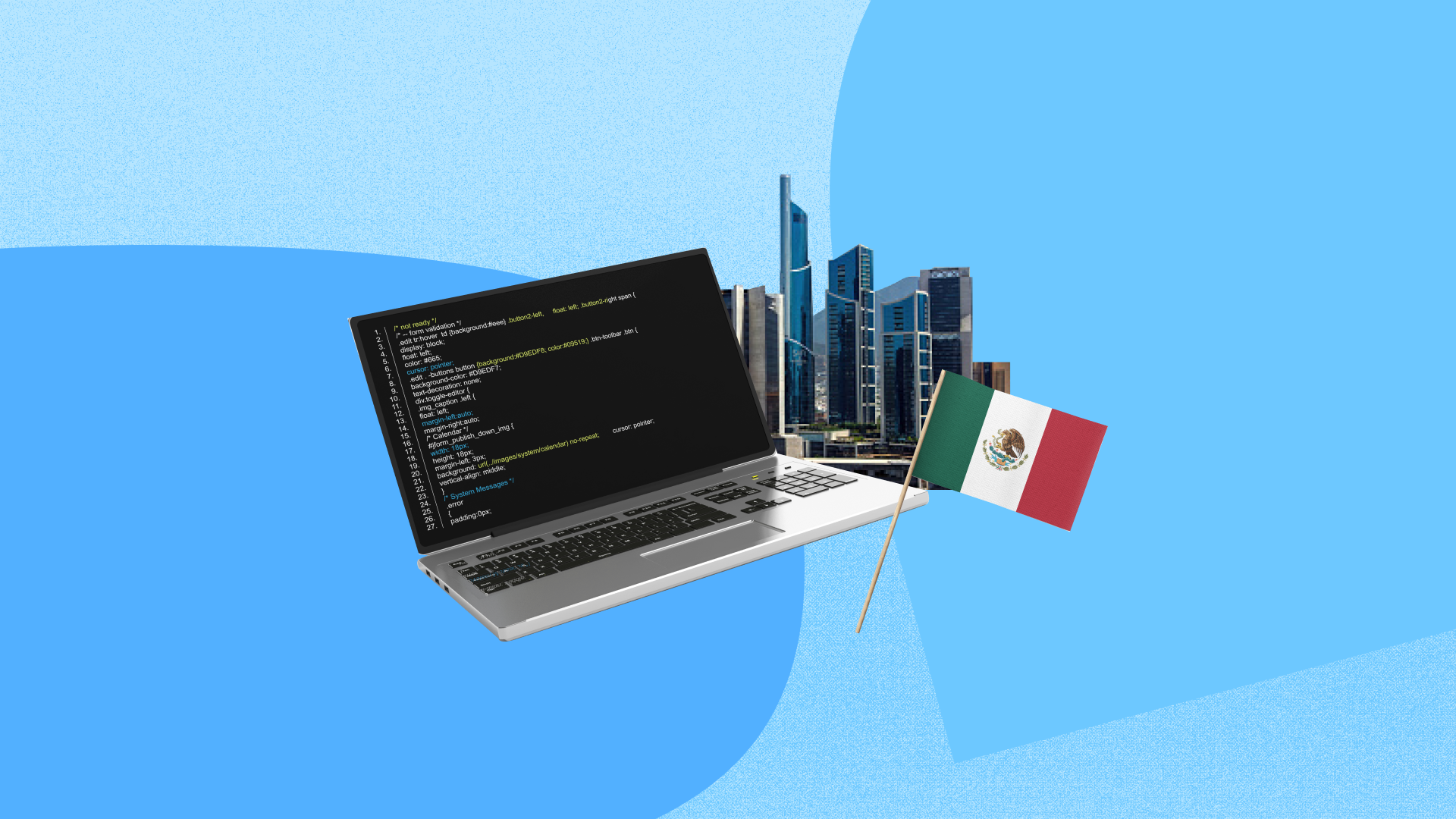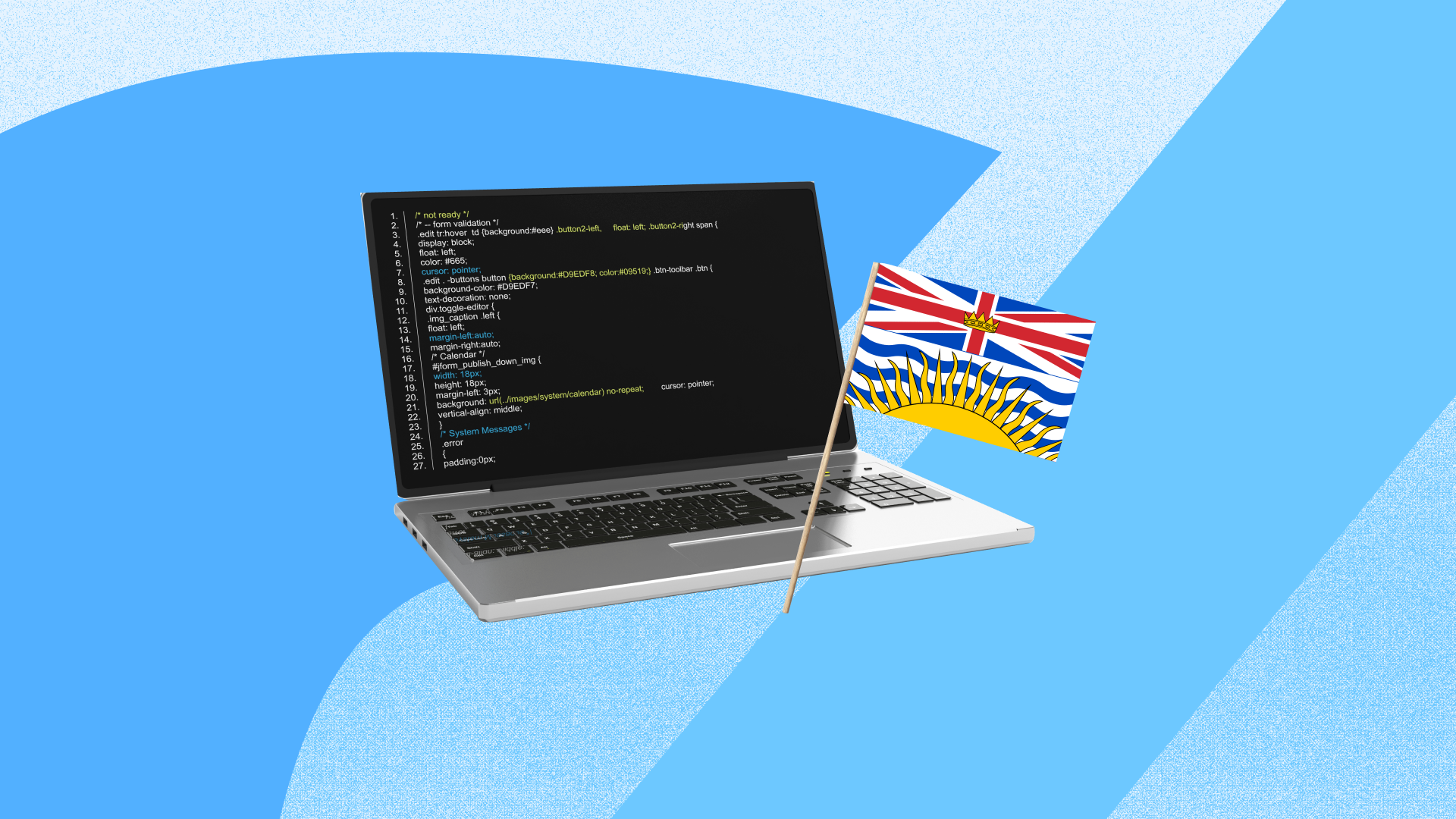How does disability insurance work?
What are the two types of disability insurance?
How much of an employee’s income is replaced by disability insurance?
Disability Insurance
Disability insurance is a type of coverage that replaces part of an employee’s income if they are unable to work due to illness or injury, whether on or off the job, to cover expenses during recovery or long-term health issues.
How does disability insurance work?
When an employee can’t work or requires a leave of absence due to a disability, illness, or injury, the employer or policyholder submits a claim to the insurance provider. The insurance company reviews medical records and policy terms and may enforce a waiting period. Once approved, the insurer issues periodic payments that replace a portion of lost income.
What are the two types of disability insurance?
Disability insurance comes in two forms: short-term and long-term policies. Short-term coverage addresses temporary health issues lasting several weeks or months, typically offering benefits for up to two years. Long-term coverage handles conditions that limit work for extended periods, potentially lasting until retirement age. Many employers include both coverages in their fringe benefits package.
How much of an employee’s income is replaced by disability insurance?
Disability insurance policies can typically replace between 40% and 70% of an employee's pre-disability income. The rate depends on the policy terms and whether coverage is provided by the employer or purchased individually. Some plans offer higher replacement rates for specific roles or include cost-of-living adjustments to keep pace with inflation.
Dive Deeper with Justworks’ Resources
Get a closer read on relevant topics related to benefits, payroll, HR, compliance, and more.





